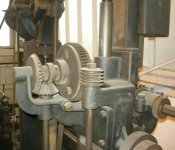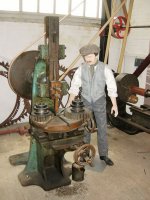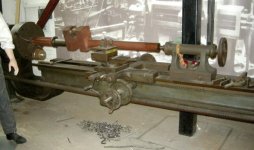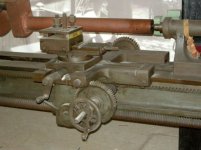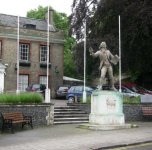Asquith
Diamond
- Joined
- Mar 3, 2005
- Location
- Somerset, UK
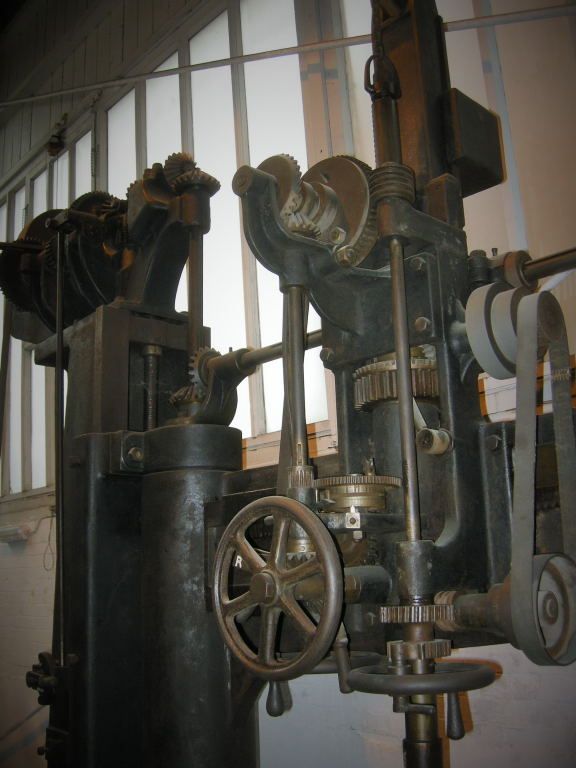 1
1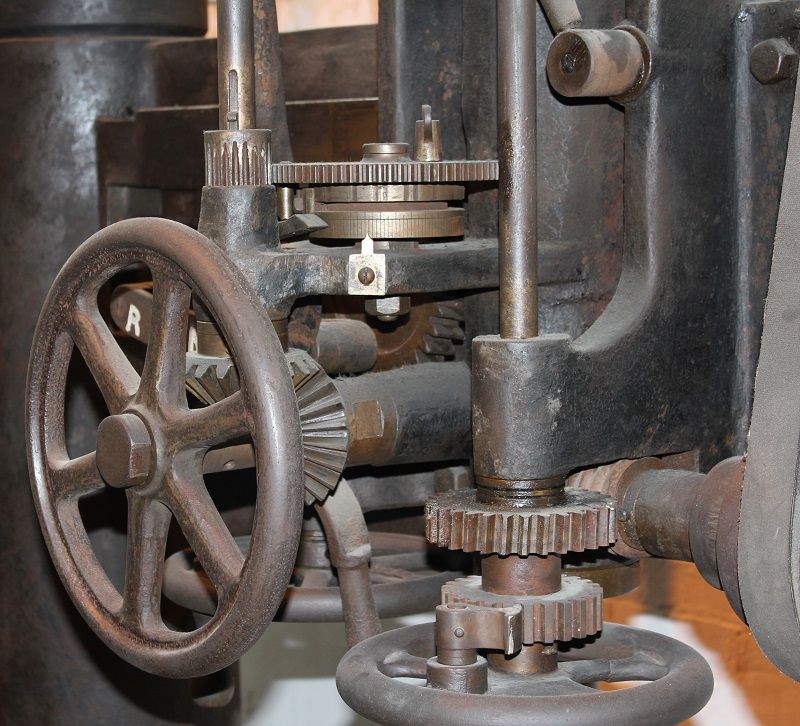 2
2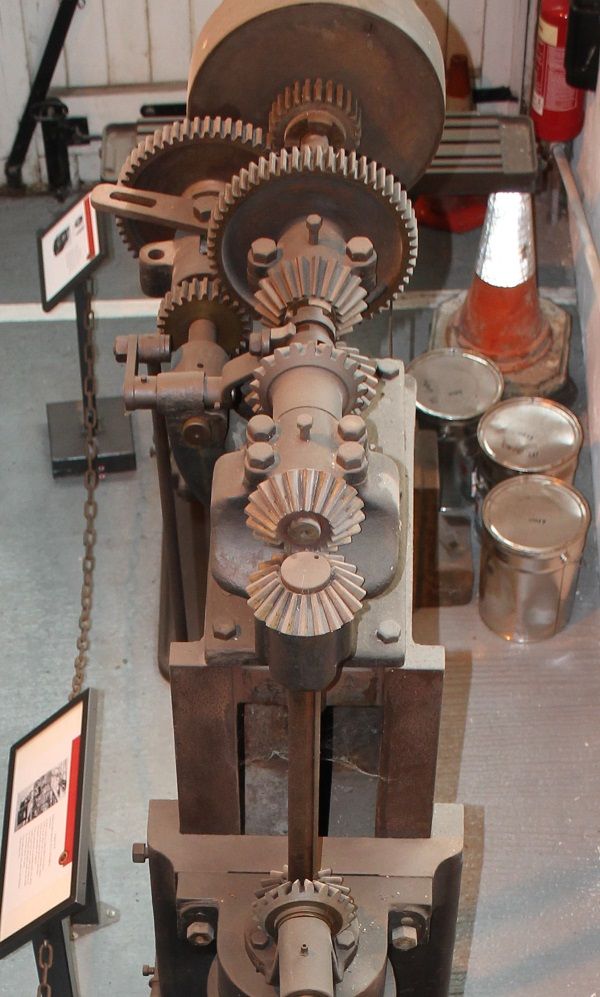 3
3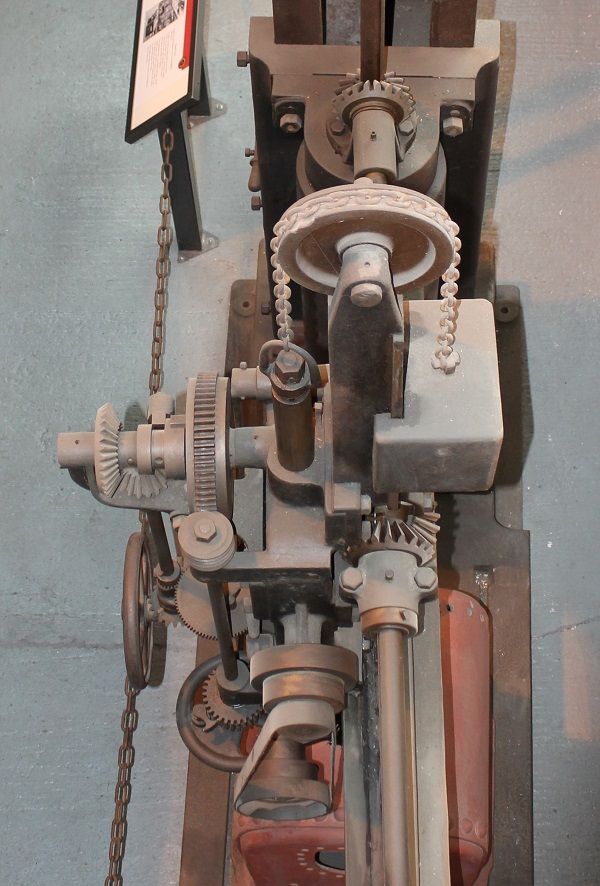 4
4Charles Burrell & Sons of Thetford, Norfolk, England. Established 1770, moved into St Nicholas Works in 1803, ceased production there in 1929 during the depression. Most famous for their showman’s traction engines.
The Charles Burrell Museum is a small museum in the centre of Thetford, housed in the former paintshop. Several other of the works buildings have survived.
I’ll start with this radial arm drilling machine made by John Spencer & Co of Keighley, Yorkshire. I have a few more photos of it, in the unlikely event that anyone is interested in its mechanism. The thing with the pointer in Photo 2 looks interesting, presumably a depth indicator.
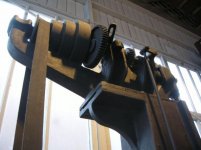 5
5 6
6 7
7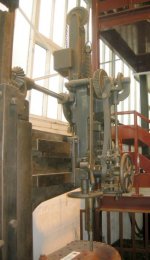 8
8The UP & DOWN lever in Photo 6 works a dog clutch between a pair of bevel gears (see bird's eye view, Photo 3), so the raising and lowering happens suddenly unless the belt drive can be slipped.


